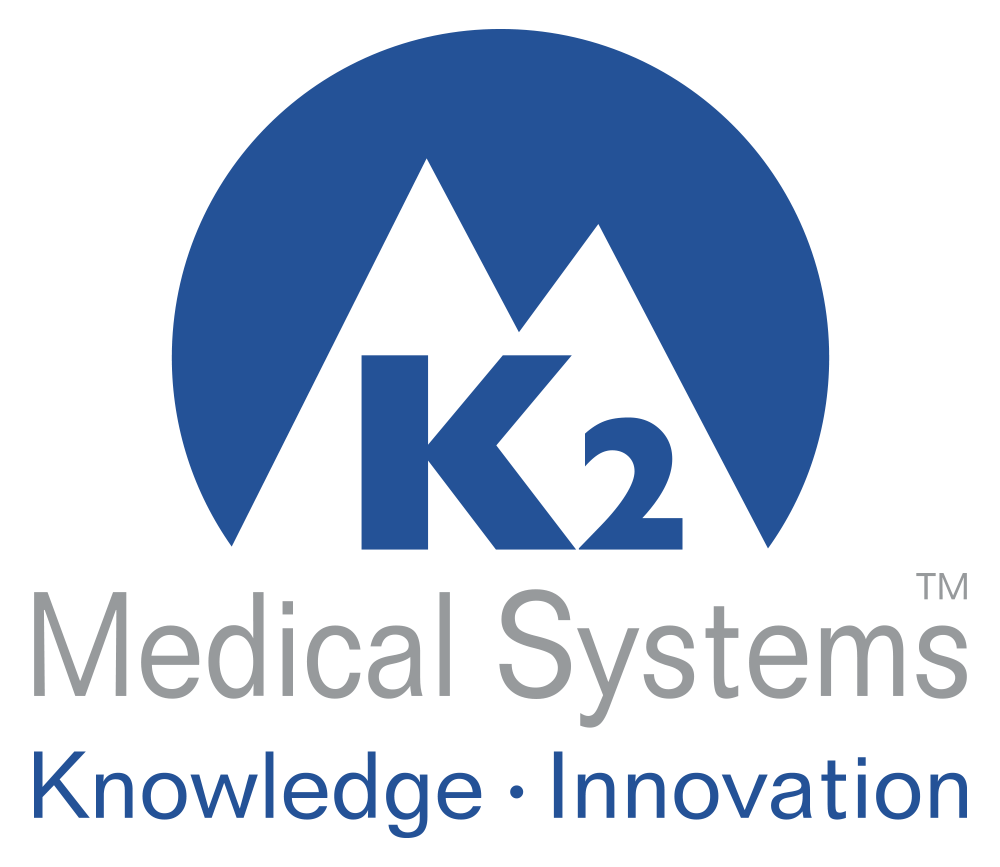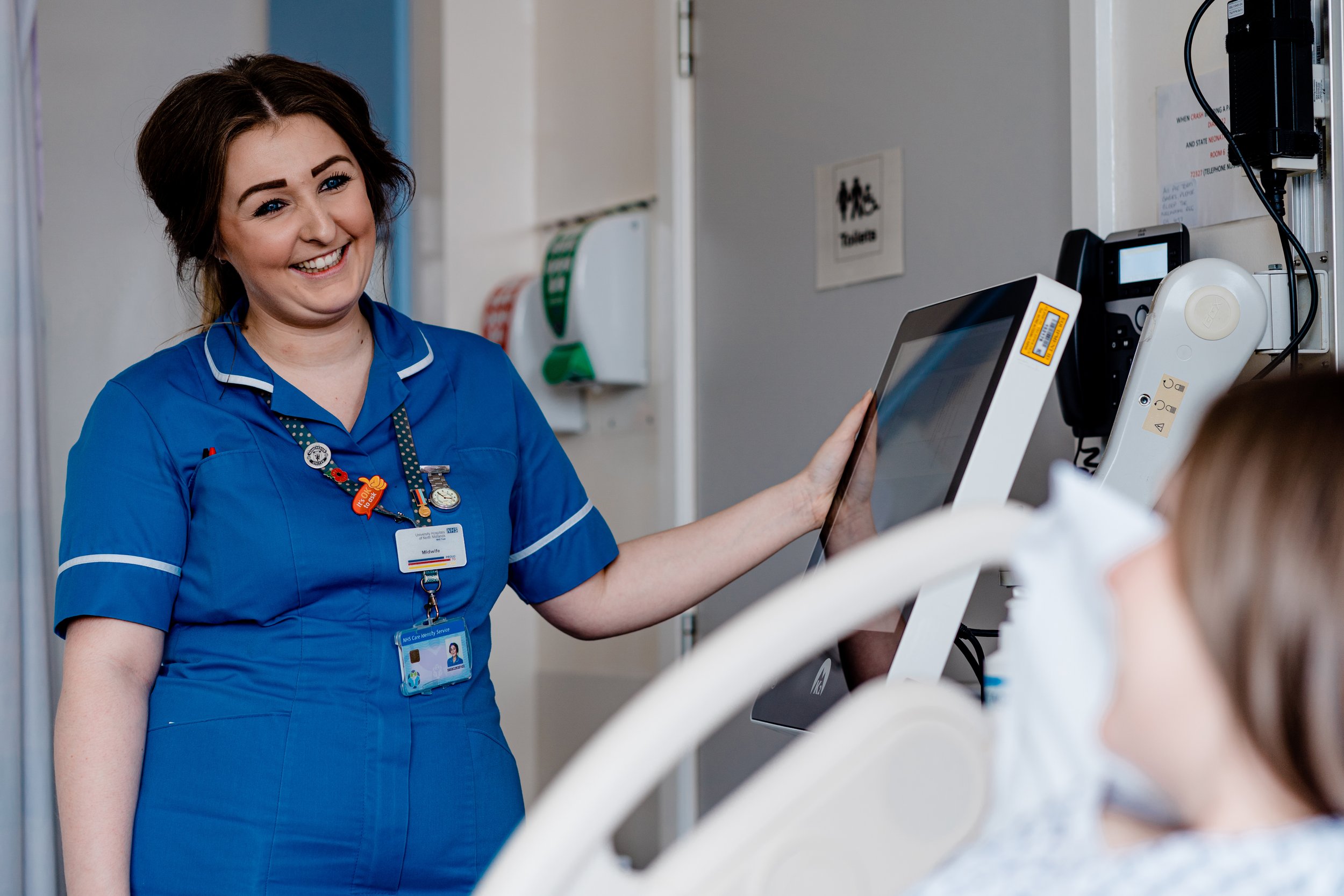10 considerations when selecting a maternity information system
Efficient, paper-less processes that maximise time spent on patient care are the key drivers for investment in maternity technology. A major question hospitals are grappling with is whether to select best of breed solutions or a single hospital-wide platform or suite.
What are the key considerations to help make a more informed decision?
1. Are there specialised or unique requirements within maternity that don’t exist in other hospital departments? How well are these addressed?
2. Is the supplier able to offer appropriate levels of support and maintenance to users in maternity? Do they have the required understanding of maternity processes and protocols to provide effective support?
3. Maternity standards can be very dynamic, with changes introduced via regulatory, legal or other routes that systems are compelled to comply with. Is the supplier able to accommodate these changes via product updates in a suitable timeframe? Do they have a track record they can demonstrate that gives you confidence any regulatory/legal changes can be made promptly?
4. How are product updates and enhancements decided? Will maternity be able to command appropriate attention and priority for important enhancements, changes or defect fixes?
5. What experience can a supplier demonstrate with regard implementing technology in a maternity setting – how well can they address business needs, are they good at estimating time and resource requirements (both theirs and yours)?
6. What is the “true” cost of ownership? Are you contributing more than you should to the cost of support, maintenance, updates and what level of attention do you get in return?
7. Is a best of breed solution able to interface or integrate with other hospital systems? Does the level of interoperability create a frictionless, seamless experience for users or does it impose additional tasks or effort?
8. What would happen if a hospital-wide platform became inoperable or inaccessible for any length of time? How critical would that be in maternity? What other aspects of business continuity should be carefully appraised?
9. How well does the proposed system support community care, remote access and other non-hospital based access and usability?
10. Clinical decision support, alerting and the use of artificial intelligence are becoming valuable enhancements in maternity – where does a proposed supplier stand in that regard? Are they actively engaged in progressing solutions or standing back and observing? Where are these capabilities in their roadmaps?
Food for thought…
There are always pros and cons to any choice and it often depends on specific circumstances as to which option offers the best outcome. The result is almost always a trade-off.
For example the benefits of enterprise or hospital-wide solutions are very evident for IT functions in terms of operational aspects (skillsets, maintenance resources, integration/interfacing etc.), supplier liaison/management and economics. However do they offer the best clinical solution or are they truly fit-for-purpose for a given hospital function or department?
Best-of-breed can offer the best clinical solution but will only deliver real value if they can collaborate or co-exist with other hospital systems.
It seems the answer lies in resolving interoperability and delivering a seamless user experience at a reasonable maintenance cost. Users care less about how systems collaborate behind the screens and more about getting the job done with minimal effort and maximum support.
It’s our suggestion that any hospital can have the best of both worlds provided that the interoperability and user experience needs can be satisfied for an acceptable cost of ownership. Best-of-breed can and does live happily alongside hospital-wide enterprise systems and more hospitals are recognising this and investing in this approach.
Selecting a Best of Breed solution for a speciality such as Maternity presents challenges in enabling information to flow between the different systems. K2MS have met these challenges by working with customers to provide solutions provide integration and interoperability. This takes a number of different forms depending on the other systems and the infrastructure used within the hospital or Trust. Some examples of this are…
Demographics information
ADT and appointment information
Baby NHS number registration and birth registration with PAS/EPR
Secure, NHS mail, integration for out of area referrals
Electronic document management system (EDMS) integration
Radiology and Pathology integration to import result values or summary reports.
Perinatal Institute GROWv2.0 integration
Capture and use of PAS/EPR Care Episode/Contact info to link information sets. (Cerner, EPIC)
Sending pregnancy flags and alerts to PAS/EPR
Embed Contextual links to access other hospital systems
Be invoked through contextual links from other hospital systems.
To find out more about K2’s Athena system, visit our webpage K2 Athena.

